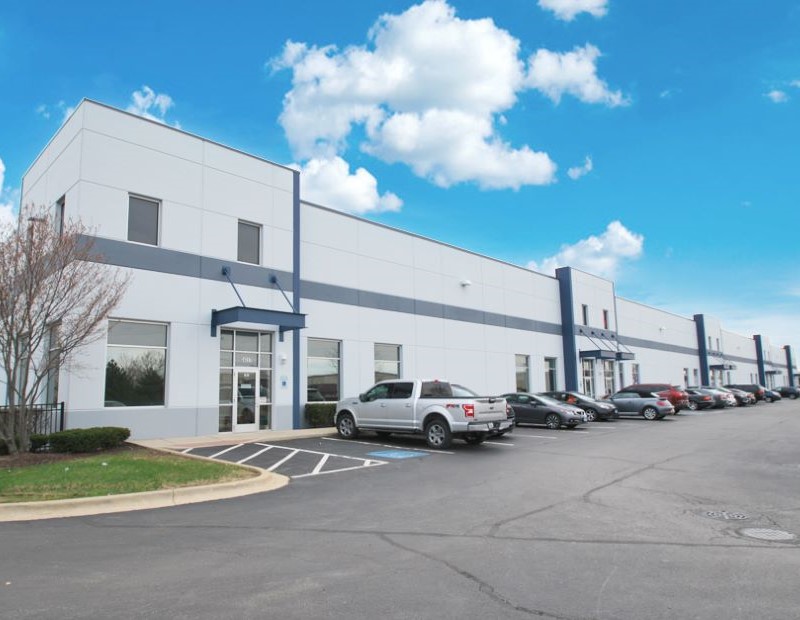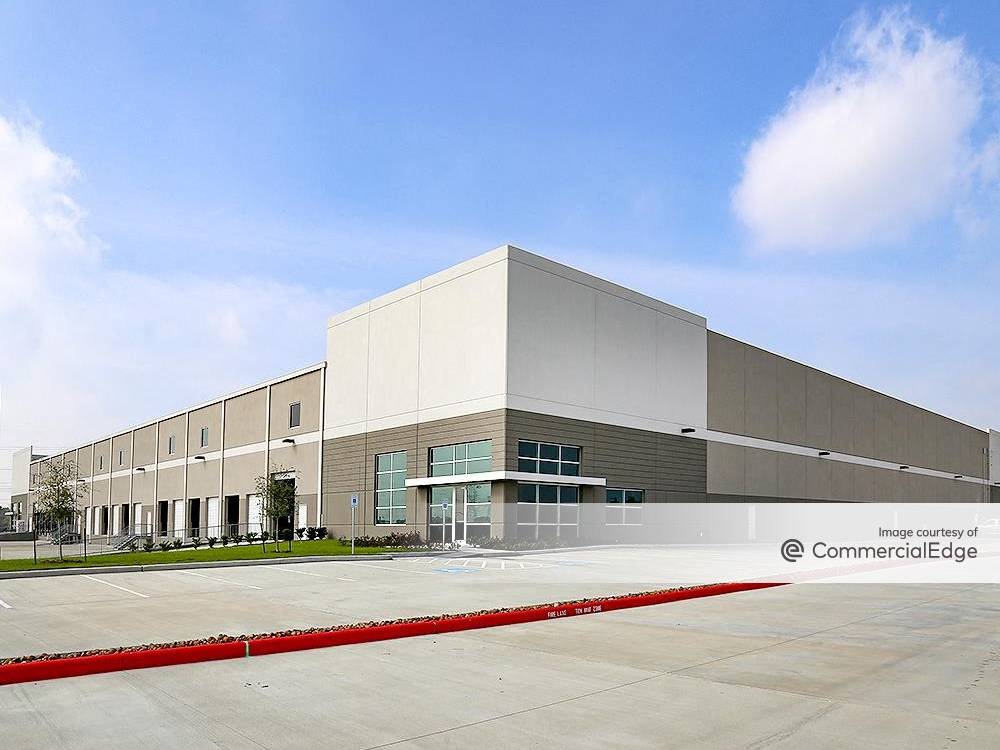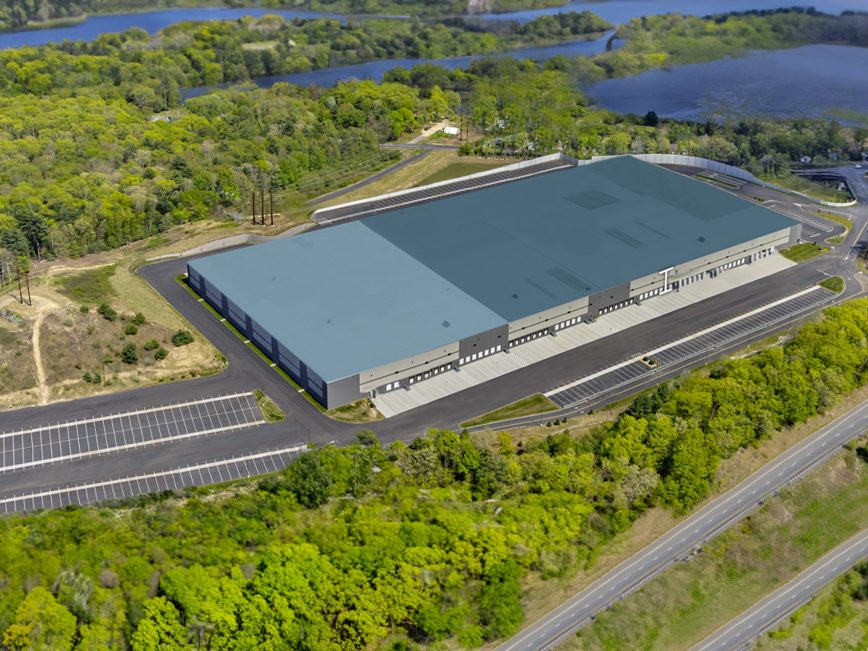Market Snapshot: Austin Industrial on the Upswing
After years of stagnation, asking rates for industrial product in Austin are starting to rise, thanks to these two variables.
By Anca Gagiuc, Associate Editor
Known on a national level for its ability to maintain low unemployment, Austin ranked as the second best city for future job growth by Forbes, first in the nation in tech jobs creation, and second for the largest workforce of tech professionals by Dice. After years of stagnation, asking rates for industrial product start to rise, partly due to slow construction combined with high net absorption and low vacancy rates.
Recent data collected by CBRE shows that, in Q1 2015, Austin’s unemployment rate reached 3.9 percent, leading national and state levels while also showcasing a favorable environment for job growth. According to Moody’s Analytics, Austin’s seasonally adjusted year-over-year industrial job grew by 3.4 percent.
The total amount of industrial product under construction in the Austin market is 359,536 square feet of space. The heaviest volume has been registered in the Southeast submarket, with 239,205 square feet at the Expo Center Buildings 10 and 11. The Northeast submarket followed with 90,331 square feet at the 8024 Exchange Drive project, while the South submarket ended Q1 2015 at 30,000 square feet at Scottsdale Crossing Commerce Park. Only one speculative building encompassing 109,887 square feet of warehouse space was delivered in this quarter in the North submarket at 2301 Scarborough Drive, marking the first industrial delivery since Q2 2014.
Citywide average asking rents rose $0.03 quarter-over-quarter for both product types, reaching a monthly triple net rate of $0.73. Average asking rates for warehouse space in the Austin area increased with $0.03 quarter-over-quarter, settling at $0.55, while flex space rents increased with $0.02 over last quarter, clocking in at $0.93. The Southwest and Northwest flex submarkets maintained elevated asking rates due to the high demand and low vacancy in the office submarket, which spilled over into flex space.
Austin’s industrial market ended Q1 2015 with 158,274 square feet of positive net absorption, while in Q1 2014 the city’s net absorption registered 184,344 square feet. The positive net absorption for the quarter was up due to the 192,279 square feet of warehouse space, while flex space suffered a decrease of 34,005 square feet.
The highest level of positive net absorption was registered in the North submarket with 94,395 square feet, mostly all warehouse space, followed closely by the Northeast submarket with 93,817 square feet. In the Northeast submarket warehouse absorption accounted for 62,005 square feet, while the remaining 31,812 square feet was flex space. The North submarket closed the quarter with an 8 percent vacancy rate, while the Northeast posted a vacancy of 12 percent. This is a 160 basis points year-over-year decrease. The far Northeast submarket posted the biggest loss in net absorption with 37,651 square feet returned to the market, and a vacancy rate of 11.9 percent. The Central submarket followed with a net absorption of 17,080 square feet, while vacancy is at 9 percent.
Charts and data courtesy of CBRE









You must be logged in to post a comment.